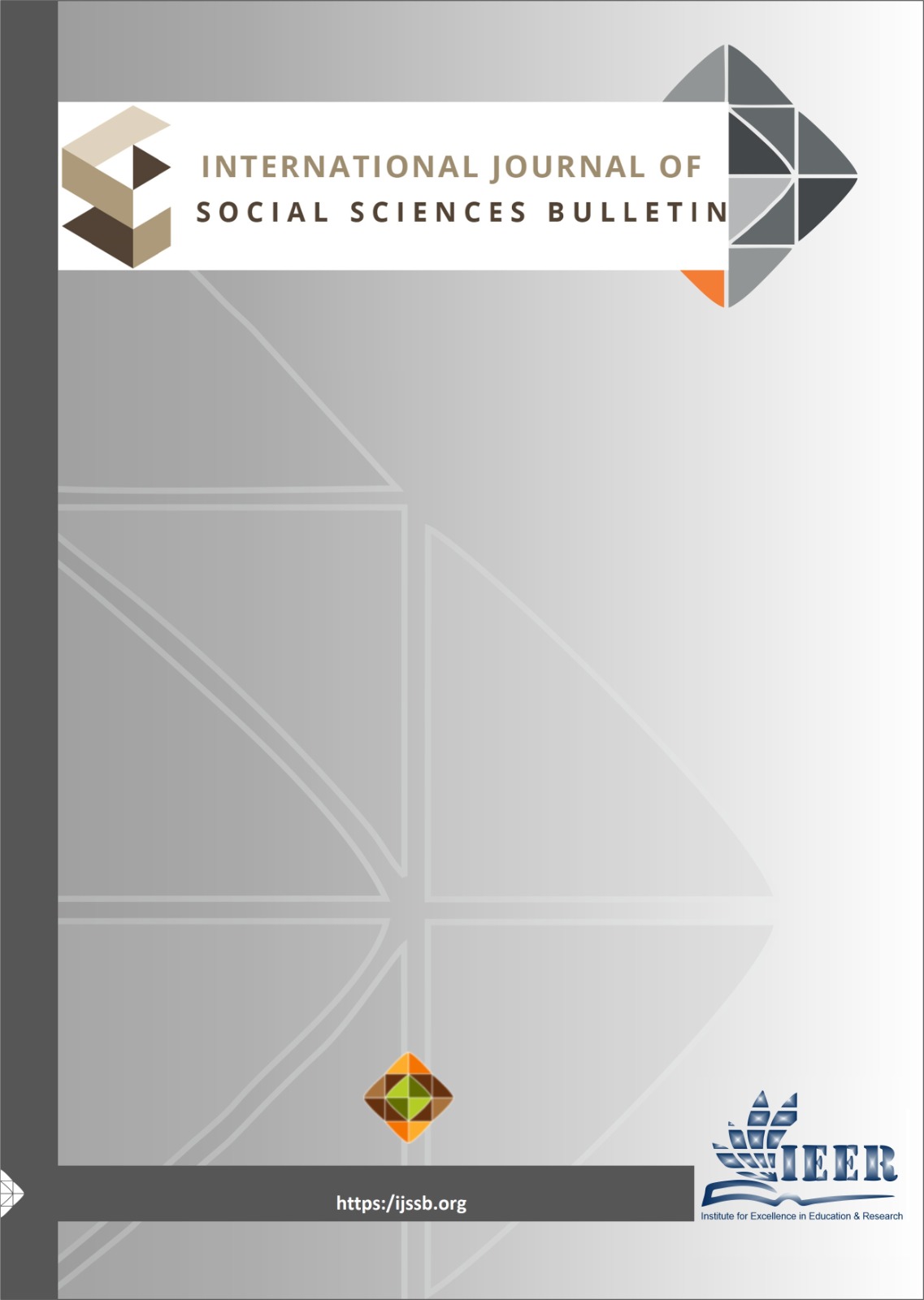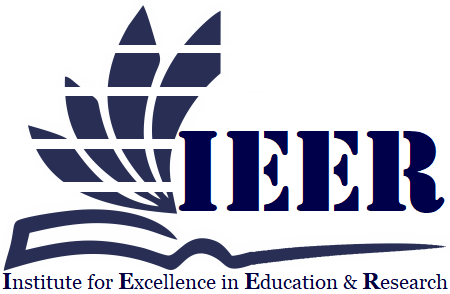ASSESSING THE IMPACT OF DIGITAL INCLUSION ON WOMEN’S ECONOMIC EMPOWERMENT IN THE AGE OF ARTIFICIAL INTELLIGENCE
Keywords:
Digital inclusion, women's income, AI-integrated economy, SPSS, Sindh universities, economic empowerment are keywordsAbstract
This quantitative study designed to investigates the relationship between use of Artificail Intelligence (AI) and women's empowerment by income generation. The study aims to investigate a pressing issue the ongoing gender disparity in digital access and its consequences for economic empowerment in the framework of fast technological change. Structured surveys of N= 400 female students across five universities—IBA Sukkur, Shah Abdul Latif University Khairpur, SZABIST Mehran University (Khairpur Campus), and Shaheed Benazir Bhutto Technical and Skills Development University Khairpur. Using SPSS (v26), descriptive statistics and multiple linear regression, statistical analysis used to analyze how digital access, literacy, and AI tool use influenced income generation and economic empowerment of the young female participants. Results showed that digital literacy strongly predicted women's involvement in income-generating possibilities and access to AI-driven platforms was linked to a considerable rise in self-reported monthly wages. Drawing on these results, it is recommended that the execution of focused digital literacy courses for university women and the inclusion of AI-enabled financial instruments into student entrepreneurship projects should be launched to contribute into the empowerment of the females in Sindh. These initiatives can close the digital gap and increase women's socioeconomic involvement in AI-powered economies.
Downloads
Published
Issue
Section
License

This work is licensed under a Creative Commons Attribution-NonCommercial-NoDerivatives 4.0 International License.

















